Not only has Roberto Toscano survived the pain and grief of losing two close family members in the past few years, but he has also transformed them into meaningful energy in founding a new $40,000 art award, the Borlem Prize. The award recognizes one artist each year whose work brings awareness to mental health issues and struggles. He created the prize in the memory of his brother, Fernando Toscano, who died in 2018. As a music composer and researcher in avant-garde classical music, Roberto Toscano started diving into contemporary art to search for answers to aesthetic problems he was trying to solve in his profession. Having been collecting contemporary art for a decade now, he adopts a no-sale policy for his art collection.
LARRY’S LIST had a conversation with Roberto, who discussed how the day he visited Anselm Kiefer’s studio in France changed his life, why his most treasured artwork is a painting by Rita Ackermann; why it was important for him to set up the Borlem Prize to bring awareness to mental health issues and struggles.
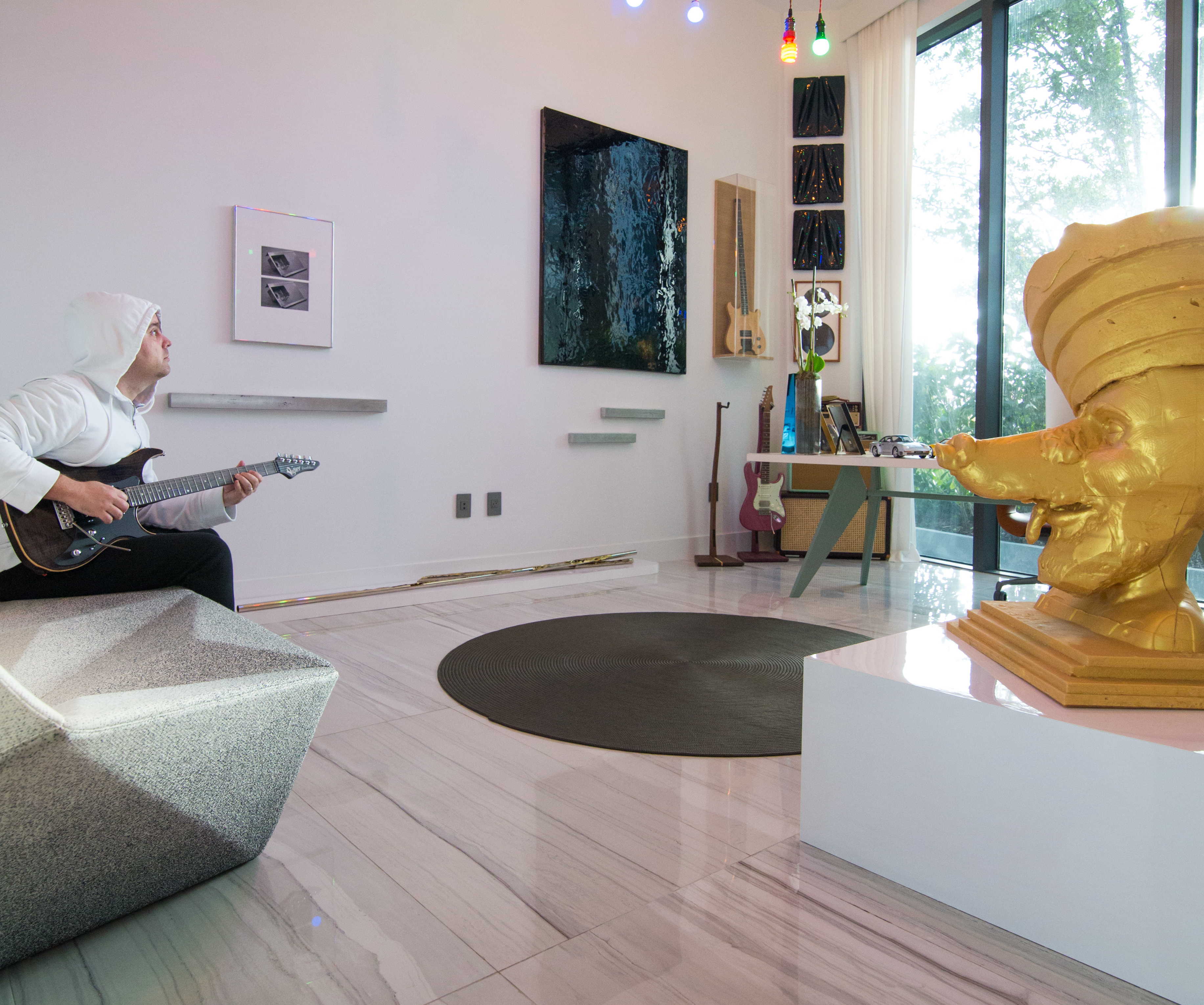
Collecting
What made you want to start collecting art? What is the main motivation behind your collecting?
I started collecting art about ten years ago. My main focus at the time was to further develop my work as a composer (avant-garde classical music). I was searching for answers to aesthetic problems I had been looking to solve inside my own field by researching other areas — mainly 20th century philosophy, contemporary architecture, and post-war art. I started to collect out of an impulse to spend more time around the works that I felt were providing me with some of those answers. It just grew from there.
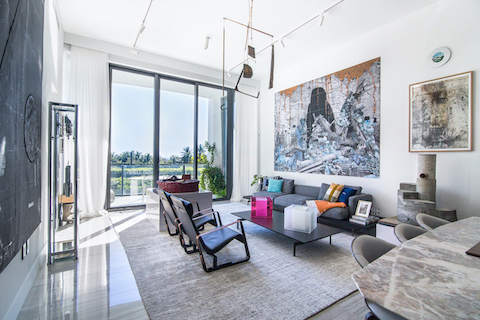
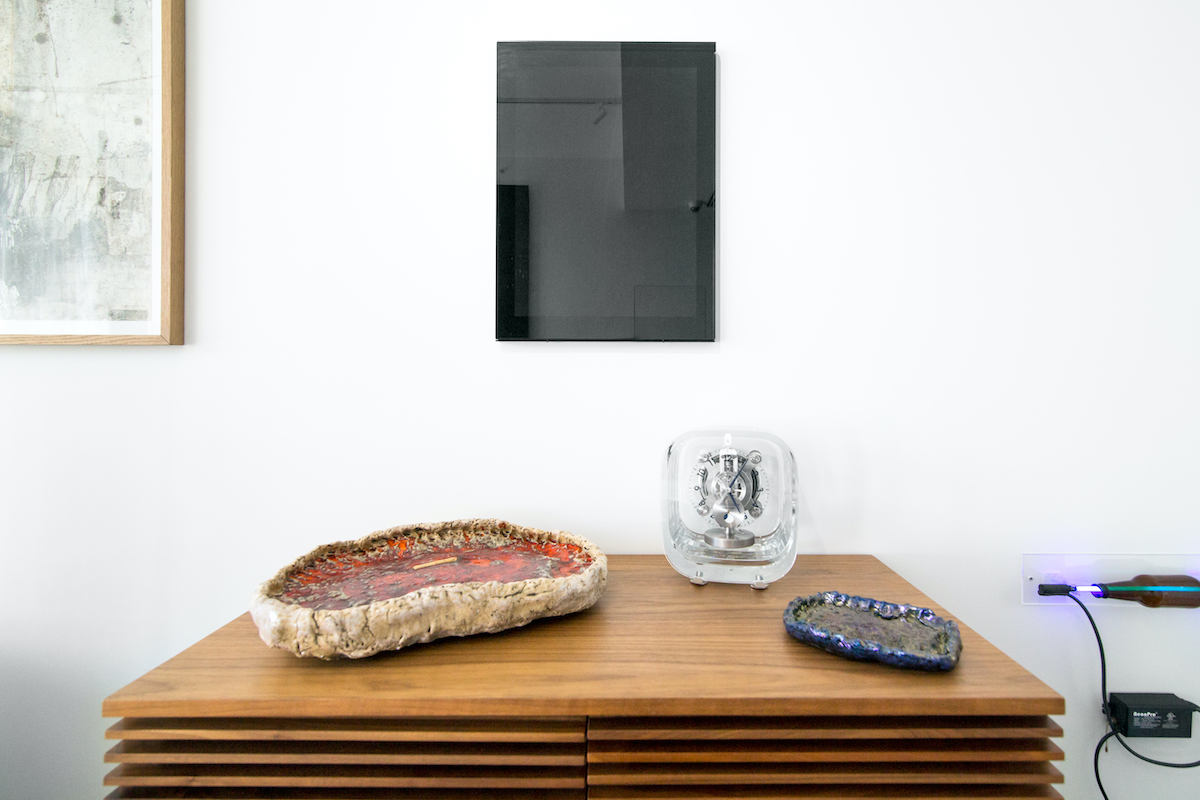
When did you fall in love with a piece of art? What was it?
There are a few moments that come to mind as being seminal. My initial exposure to the work of the Polish-Brazilian sculptor Frans Krajcberg — who makes up a large part of my collection in Brazil. Here I should credit my mother, Cristina, for having shown me his work when I was still a teenager.
The Francis Bacon retrospective at the Met in New York, a show that impacted me so much I ended up writing the work that won the 2010 Takemitsu Prize around some of the paintings shown there — especially “Head II” and the 1944 version of “Three Studies for Figures at the Base of a Crucifixion”.
Finally, a visit to Barjac in France and getting the chance to see Anselm Kiefer’s work on such a massive scale; I’ve seen some impressive studios over the last ten years (Sterling Ruby’s & Paul McCarthy’s industrial spaces immediately come to mind), but what Kiefer did in Barjac is just on another scale altogether. In many ways that day changed my life.
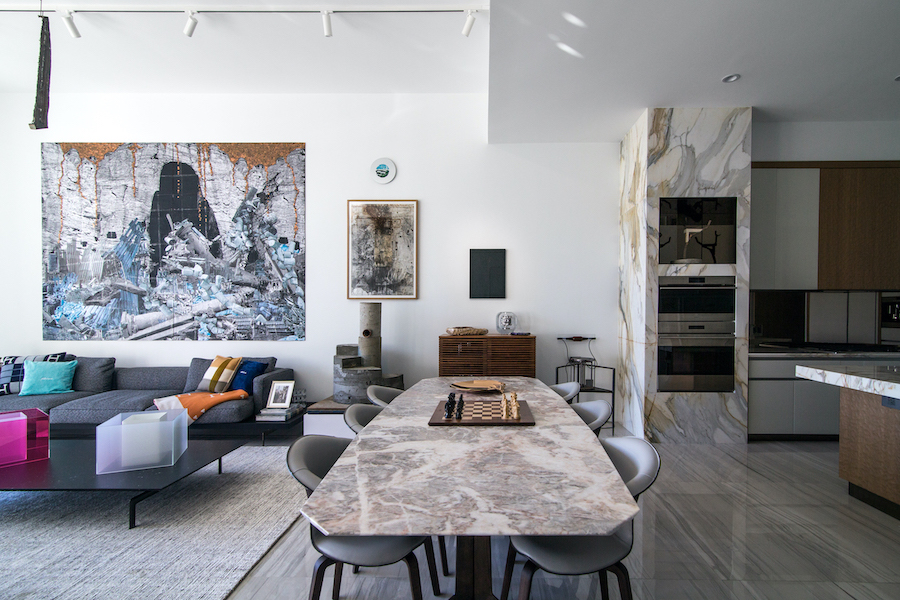
What were the first and the latest artworks you purchased?
The first was an etching by Richard Serra in 2012 that I acquired from Gemini G.E.L., and the latest work that was installed in my apartment is a piece by Max Hooper Schneider.
How many artworks do you own? Where do you display your collection?
I own somewhere between 185 and 200 works of art currently — the collection is always growing, year by year. I have a NO-SALE policy, so aside from donations to institutions, I don’t have works leaving my collection. The majority of the work is displayed in Miami.
I’m also currently setting up two other apartments; one located in Sao Paulo, Brazil that will focus mainly on the sculptures and wall reliefs of Frans Krajcberg and the other in Lisbon, Portugal, where I will live most of the year.
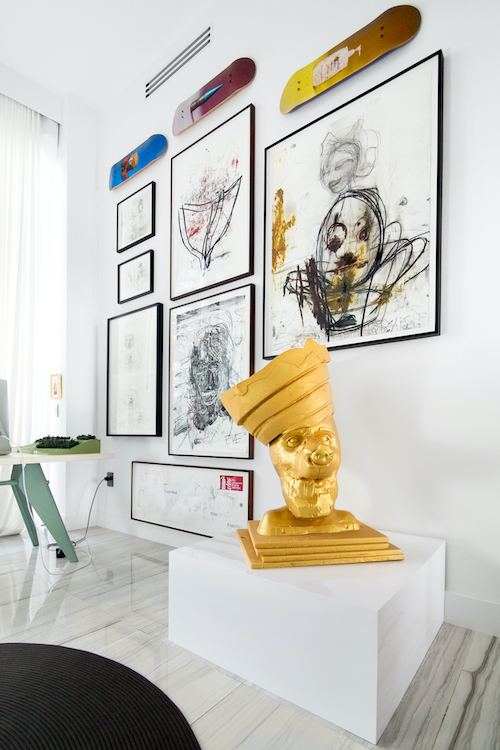
Have you ever presented your art collection publicly?
Yes. I’m happy to lend work to institutions putting together important exhibitions. Two works from my collection were just shown as part of Thomas Hirschhorn’s exhibition at the MAXXI in Rome, Italy. This amazing exhibition was curated by Hou Hanru & Luigia Lonardelli and brought together almost all of Hirschhorn’s “Pixel-Collages”.
What considerations guide you to make a purchase?
I acquire as much work as I can on a year to year basis; I have a pretty defined (but broad) group of artists that I want to collect in depth. My goal is simply to acquire as much of their work as possible. I’m as supportive to all of them and their careers as I can be – full stop.
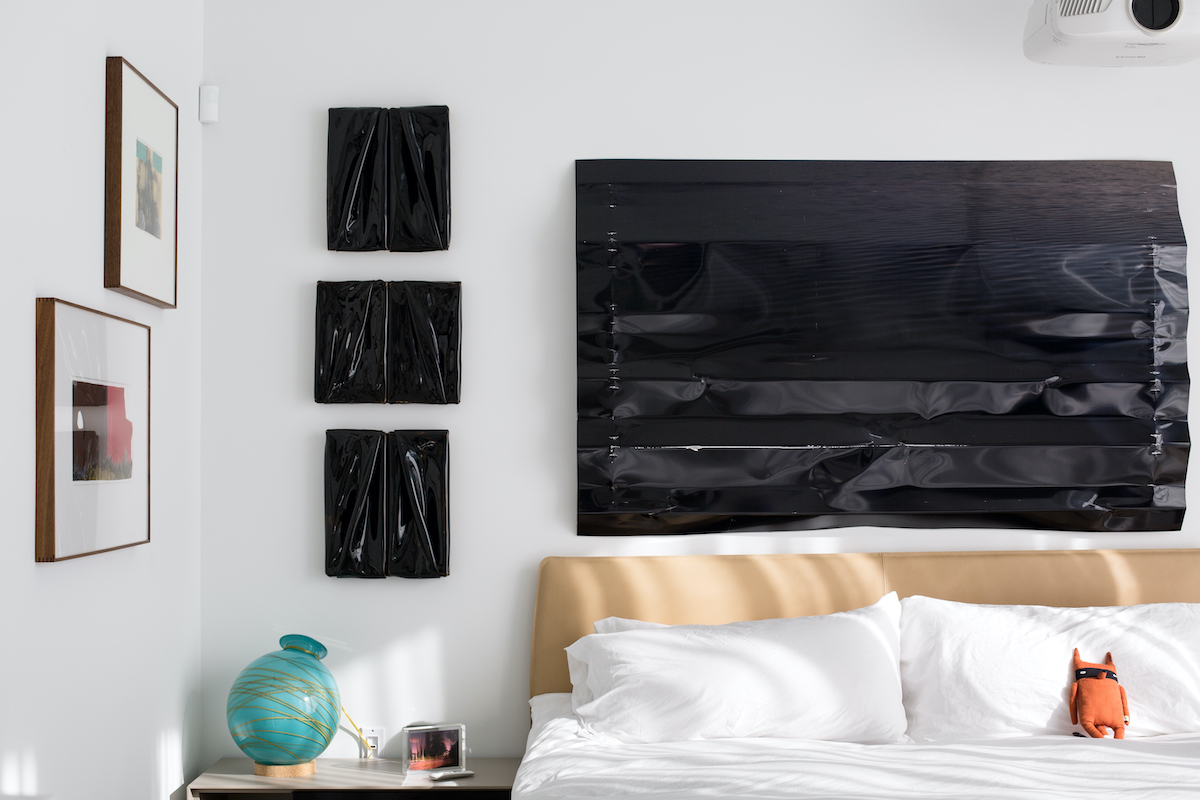
Is there any kind of artwork that can make you write a cheque without any consideration?
There are many works that make me wish I could write infinite checks — that’s for sure!
What is your most treasured artwork?
My most treasured artwork is a painting that Rita Ackermann gave to me after my wife passed away in 2021; the painting is named NADIA.
I’ve lost two family members to suicide: my little brother in 2018 and my wife in 2021. These events have made me focus on suicide prevention, and I’ve put most of my time and energy into creating the Borlem Prize.
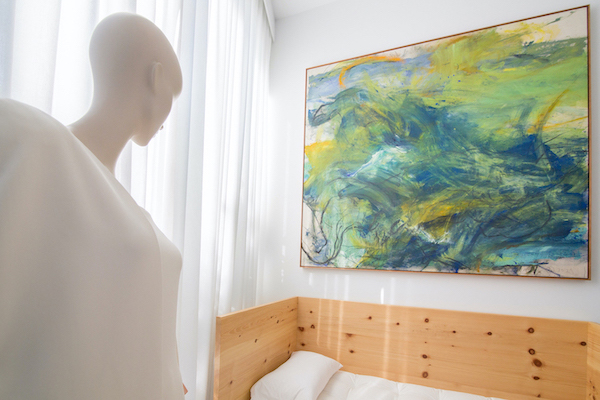
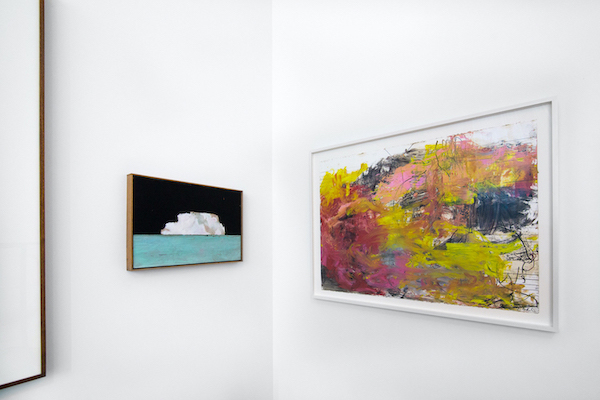
What is the Borlem Prize? And what are the means to achieve its mission?
The Borlem Prize is an international prize given annually under the following guidelines:
PURPOSE: To award an artist whose work brings awareness to mental health issues and struggles.
PRIZE: The international prize consists of a total of $40,000.00 USD allocated in the following manner:
A) an unconditional grant of $20,000.00 USD awarded and paid directly to the winning artist.
B) a donation of $20,000.00 USD made in the winning artist’s name to an internationally recognized charity whose goals revolve around suicide prevention and/or mental health advocacy.
The 2021 prize was awarded to Daniel Turner. There is an amazing essay on his work written by Kunsthalle Basel director Elena Filipovic — I suggest people read it on our website.
We just recently announced the short list for the 2022 edition of the Borlem Prize; Alex Gartenfeld, director of the ICA/Miami, was the artistic chair for 2022 and he shortlisted three artists: Jameson Green, Sasha Gordon, and Ebecho Muslimova. In September of 2022, the full artistic board will convene and vote on who will win the 2022 Borlem Prize. People can stay informed by following our Instagram (@Borlem_Prize) or by checking our website for updates.
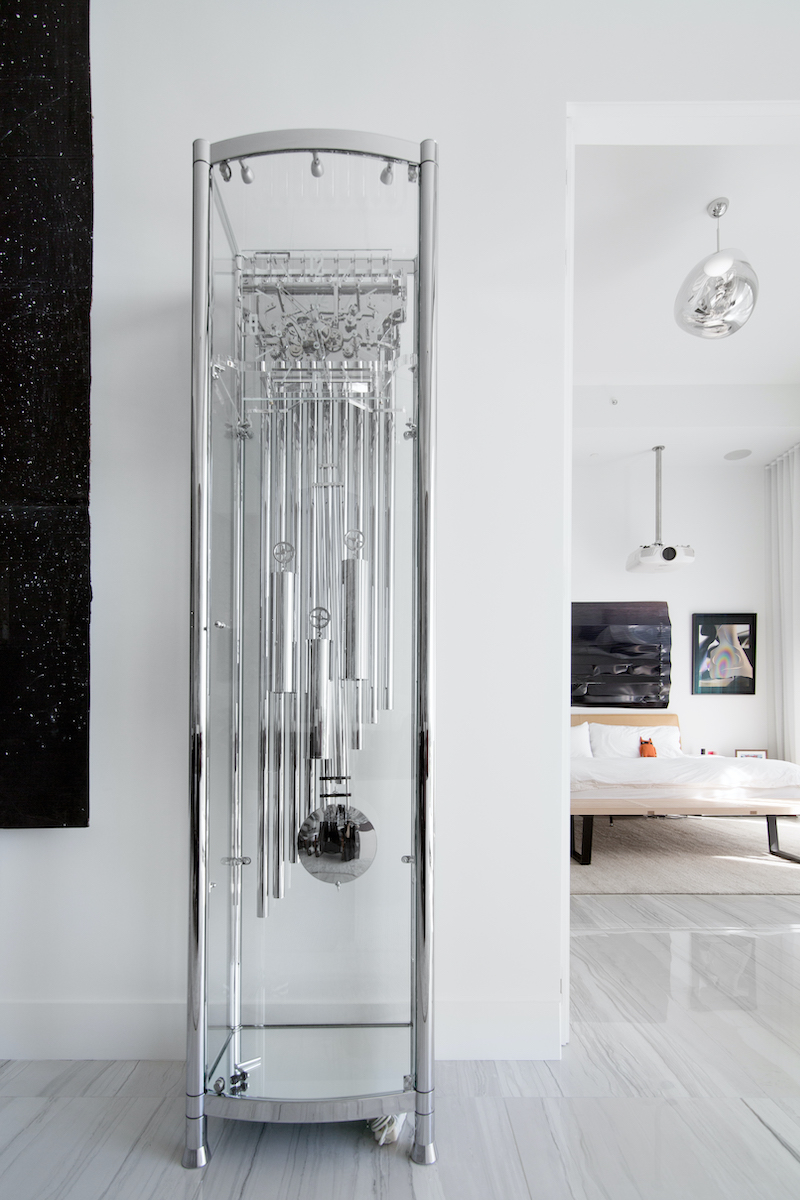
Music and Art
You are also very interested in architecture. How does that influence your music creation as well as your perceptions in contemporary art?
In the plastic arts, I’m mainly interested in sculpture. Being that the case, physical space and how artwork deals with site have become more and more important to me. A natural extension of these interests is to become obsessed with the spaces themselves — which led me to fall in love with contemporary architecture.
My apartment in Sao Paulo is by Jean Nouvel; my Miami home is by Rem Koolhaas. The idea of being able to collect a “space” to display the art became a goal in and of itself. The architecture and the context/location of the projects have a direct influence on what art I might choose to display. In essence, the goal is to bring all my interests together and attempt to create a dialogue between everything I care about — to create a sense of order through a multidisciplinary type of existence.
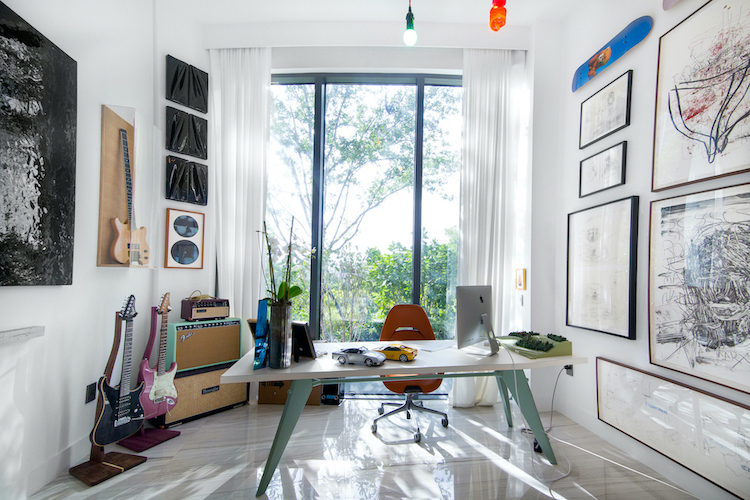
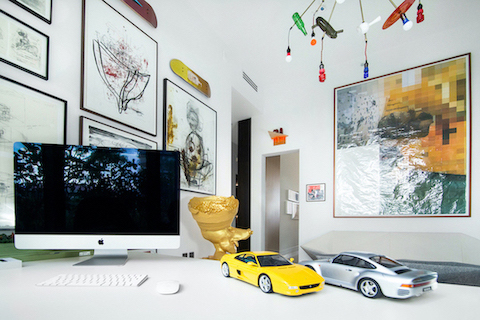
How does your music composition and your collecting art mutually inspire each other?
I’m tempted to answer this question in a highly technical way, and I think that would quickly spiral out of control from the scope of this interview, so I will refrain.
But, to give an overview of why this symbiotic relationship developed, I would paraphrase Umberto Eco when he wrote that the reason he didn’t like to read too many novels by his contemporaries was that, if he were to like the work, he’d be jealous; and if he didn’t like the work, he’d feel like he had wasted his time.
I think the plastic arts and other art forms outside of music are a good source of inspiration for me precisely because they fall outside of my field. Whatever I like, I’m then forced to translate it back into music/sound — this process allows me enough of a cognitive distance so I can feel comfortable I’m working without being directly influenced (coerced)!
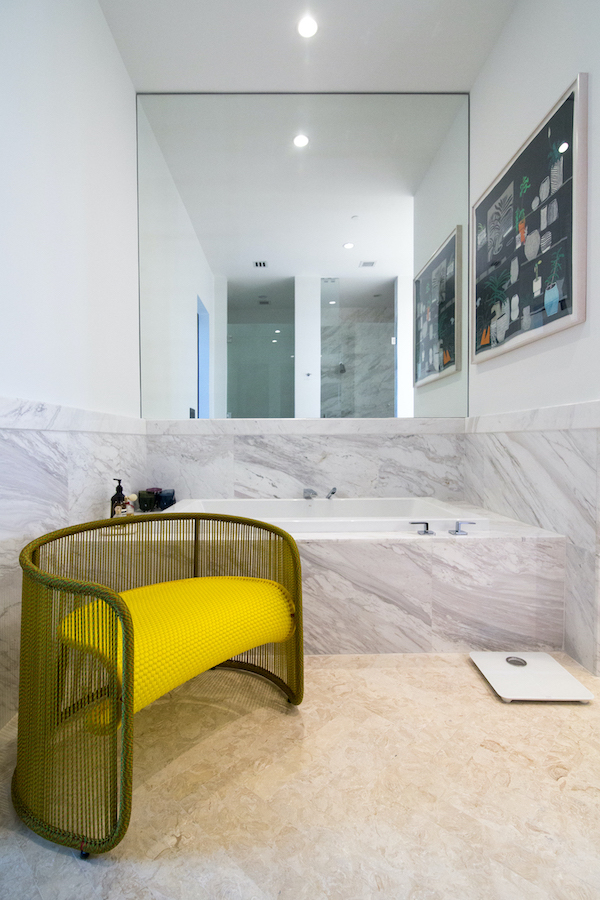
How do you use Instagram every day to explore art?
I find Instagram to be a useful tool. I try to keep up to date with the majority of the art galleries, artists, and institutions I care about — Instagram and other social media platforms let me do that.
You travelled around often as a composer. What are your top art destinations?
Marfa, TX, and Barjac, France.
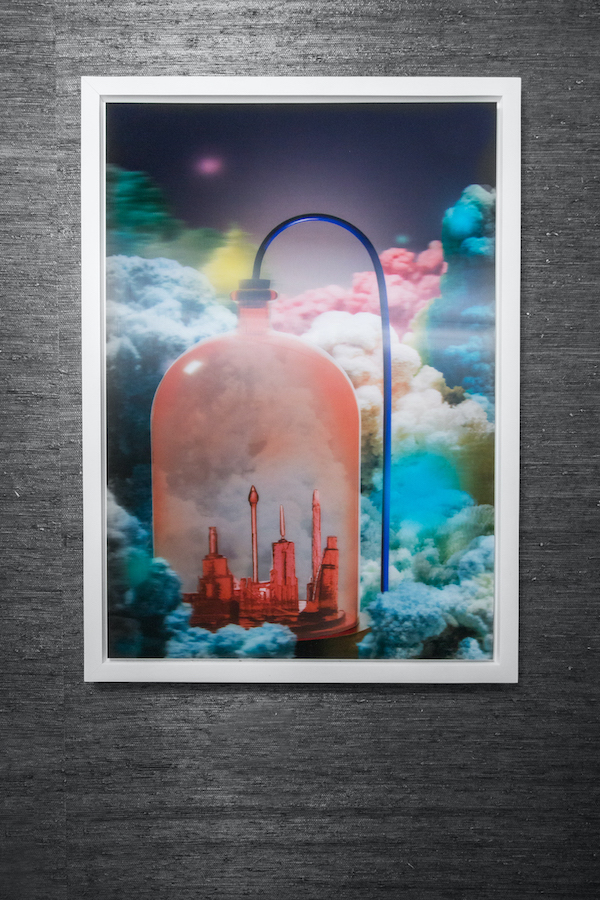
Related: Borlem Prize
Instagram: @Borlem_Prize
A selection of artists Roberto collects:
Daniel Turner
Paul McCarthy
Rita Ackermann
Sterling Ruby
Thomas Hirschhorn
By Ricko Leung





